When we think of period problems or fertility, often the first thing we go to is hormones and stress. However, when I did my Fertility and Womb Massage training (back in early 2014), we learnt more about the pelvic structure (well you’d hope so if we are massaging that area) and learnt about the different womb positions. My mind was blown.
Then when I started working with clients, I found out that they were kind of being told about their womb position, but with little or no context or further information, so they would come to me with questions such as “my womb is retro-what?” Is it time travelling, and am I expecting it to be wearing a 60s mini dress and knee high boots whilst embracing mod culture, or is it going to go Dr Who on me? And more importantly, what does it have to do with periods and fertility?
These are great questions and look no further my friends, we are going to take a deep dive.
What Is The Normal Position For the Womb?
Most diagrams of the uterus make her look like she is upright with her fallopian tubes outstretched to the side like arms or branches on a tree. This is misleading and it leads to people believing that the womb is way higher up than she actually is.
To give you some approximate idea of these organs, the womb is about the size and shape of a pear (in people who are menstruating and not pregnant, it is smaller before puberty and after menopause). The fallopian tubes are about the size of spaghetti and they are not attached to the ovaries which are roughly the size and shape of of almonds.
She is instead curved gently forwards over the bladder, with the fallopian tubes above and behind. She is held in place by 4 ligaments on each side. The ovaries are held in place by 2 ligaments each, one which is connected to the spine around L3-L5 depending on your unique anatomy, which is why some people get ovulation pain in their back.
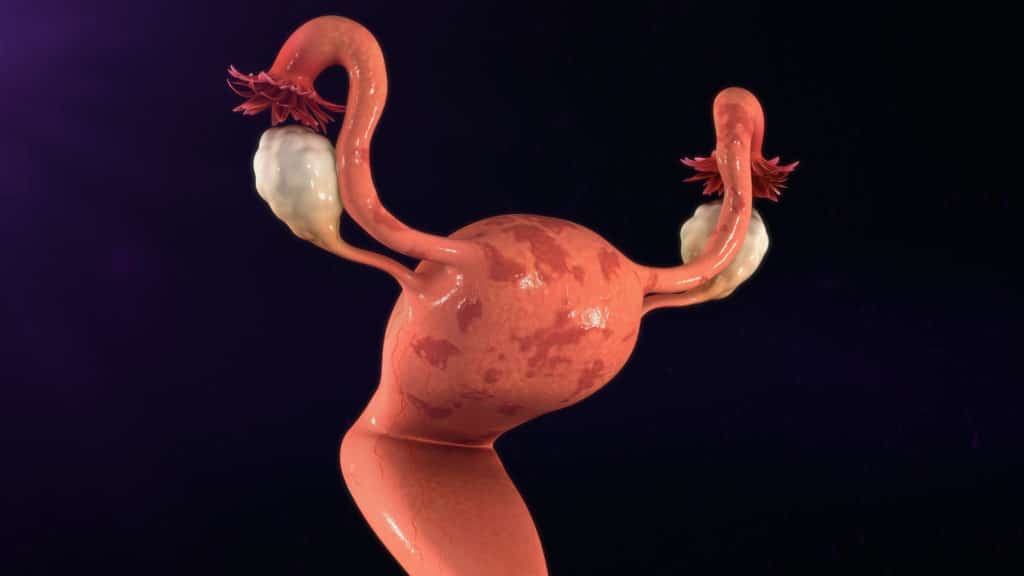
If you are wondering where that would be in relation to the outside of your body, if you place your hands on your belly thumbs touching each other, and tips of the index fingers touching each other, with your hands flat on either side of your belly, your ovaries are in alignment with the tips of your little fingers.
And the fundus (top of the womb) is easy to locate too. If you slide your hands downwards (ideally whilst lying flat on your back) to the base of your fatty apron or belly mound (we all have one, it is an organ called the omentum), where your index fingers land is roughly in line with the top of the womb that is poking forwards, which is called the fundus.
Incase anyone is wondering why I talk about the womb as a she, I have found over the last 7 years, it helps clients to connect with theirs, but feel free to give your womb the pronouns that work for you.
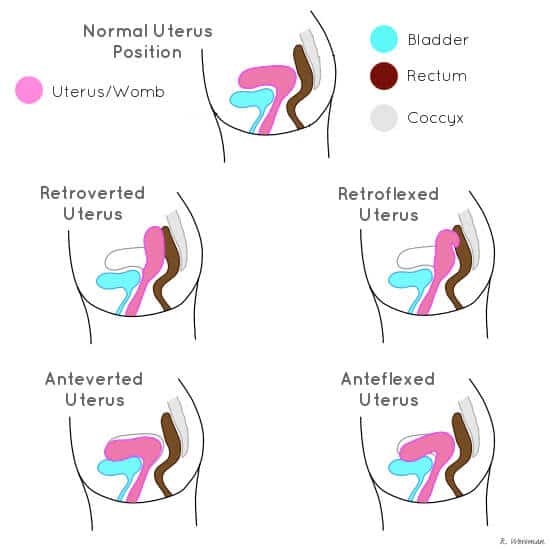
What Are The Other Positions For The Uterus?
Ideally your womb will be sat in the “normal” central position, nestled snuggly between the bladder and the rectum. However, sometimes she can be too far forwards, these positions begin with “ante” or too far backwards, and these positions begin with “retro”.
The positions ending with “verted” mean a tilt and “flexed” means bent right over. Your womb can also tilt sideways to the left or right, and ideally she should be able to have some movement in order to contract properly during your period. Not like the “wandering womb” that was thought to cause hysteria, but tilting the top forwards, backwards and side to side and the fallopian tubes need to move in order to get to the ovary to receive the egg at ovulation.
How To Tell What Position Your Womb Is In
There are several ways to find out where your womb is tilted. First of all a scan is the most accurate way of determining what position your womb is in. But there are other ways of figuring it out too. My fellow womb and abdominal massage therapists (no matter the training they did eg Fertility and Womb Massage Therapy, Arvigo, Mizan, Visceral Massage etc.) are likely to be able to tell you whether your womb is left, right or central and tilting forwards or backwards after palpating (or touching) your pelvic region. You can learn to do this if you ever want to learn to massage your own womb (you can book in a session with me).
You can also take a pretty decent guess based on symptoms. To work out which side your womb is tilted towards, if you insert a tampon or a menstrual cup, you may have noticed you sometimes have to angle it one way or another to get it in. Equally, if you wear tampons, and take one out towards the end of your bleed and you have a line on one side, it is likely that the womb is tilted in that direction.
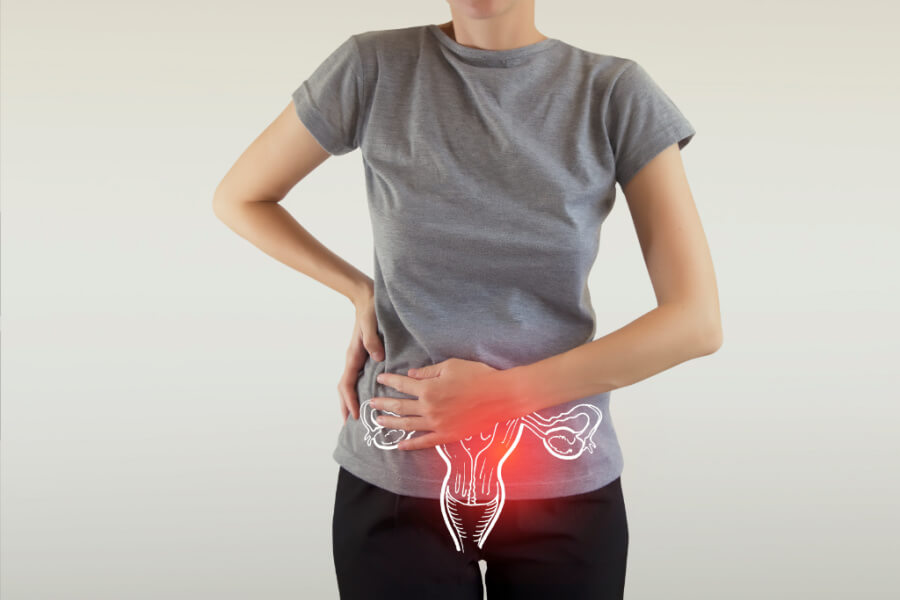
Signs that your womb is tilted backwards include the following signs and symptoms just before or during your period:
- Lower back pain
- Pain, tingling or numbness down one or both your legs from top of the leg
- Constipation followed by loose stools (also caused by progesterone)
- Pencil thin stools
- Menstrual migraines (can also be caused by inflammation and hormonal issues)
- Dark thick icky stuff in the beginning, end, or both ends of your bleed (if you’re getting it throughout your bleed it is mostly likely you are on a hormonal birth control or some kind of medication causing it)
Signs that your womb is tilted forwards include the following signs and symptoms just before and during your period:
- Pain, discomfort or a dragging sensation around your bladder
- An increased need to urinate or feeling that you do (when it is not cystitis or any other UTI)
- A feeling that your uterus, vagina or bladder are falling (note if this applies to you, you should get it checked out, especially if the signs appeared in your peri-menopause years or post childbirth)
- Dark thick icky stuff in the beginning, end, or both ends of your bleed (if you’re getting it throughout your bleed it is mostly likely you are on a hormonal birth control or some kind of medication causing it)

Does It Matter What Position My Womb Is In?
If you are getting the symptoms mentioned above, then yes it does matter what position your womb is in because you can improve these by working on your pelvic structural health by having a womb massage (or similar bodywork therapy), learning to massage yourself or doing certain exercises, womb steams or castor oil packs.
Also by looking after the way you sit and hold yourself throughout the day, and avoiding heavy lifting and high impact exercises during your period.
If you are getting the dark thick sludge at the beginning end or middle of your bleed, and trying to get pregnant, then you may have issues as this is old impacted endometrium and you want the best quality endometrial tissue for embryo implantation. Again, womb massage, womb steams and castor oil packs are great for this.
During pregnancy, a womb will often correct itself and become upright. In extremely rare circumstances, a retroflexed uterus, will not correct itself and become an incarcerated uterus, which is not the greatest medical term, but this is why your mid wife, obstetrician or gynaecologist may insist on monitoring you if you have a retroverted uterus during pregnancy.
More important than the actual position is whether you have pelvic congestion or adhesions.
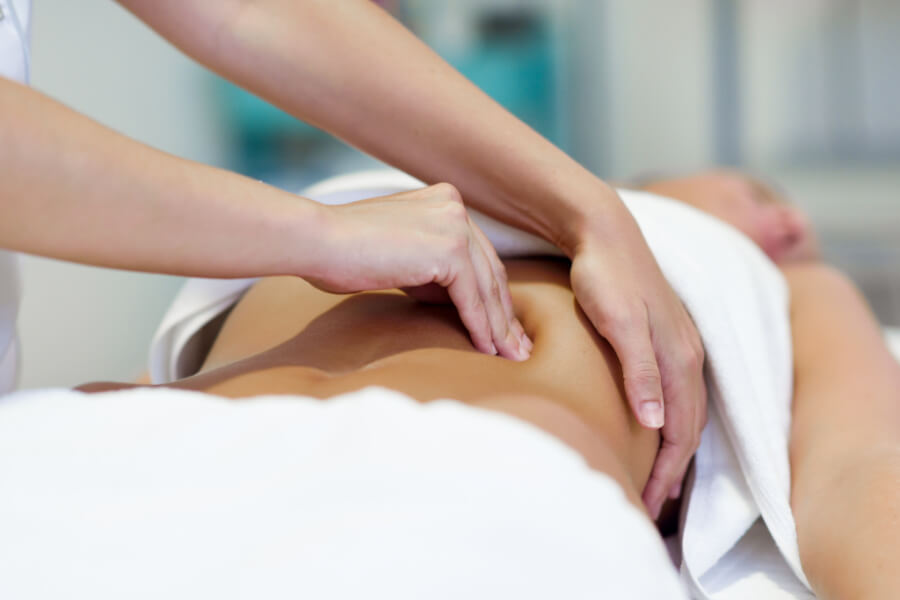
Pro tip: it is also super useful to have an idea where your womb is tilted before you go for your smear test as it can save some of the uncomfortable poking around and really speed things up.
Adhesions
Generally, if you are symptom free or have mild symptoms, then your womb position doesn’t matter as long as the womb and fallopian tubes are able to move around (not by much, these are small movements). The uterus needs to contract effectively in order to empty the endometrium.
If you think about all the layer of tissue, skin, subcutaneous fat, visceral fat, fascia, ligaments, muscles you have to get through to get to the womb, all these layers need to be able to move slightly against each other so that we can move freely and so that the uterus can contract. Now imagine one of those fancy burgers with a load of layers, that requires a skewer holding it in place, because you don’t want the layers slipping and sliding around. This is the opposite of what we want in our bodies.

Adhesions are gluey tissue that can clue or adhere two or more of the layers and this restricts the movement. The size and number of adhesions as well as where they are and what layers they affect can affect what symptoms you get, as well as the severity.
Some people have adhesions with no signs or symptoms what so ever, others can get real issues. When the womb cannot contract as it should, it has to twist or contract in irregular ways in order to wring out or empty itself which can manifest in cramps. Think of a muscle in your leg suddenly trying to twist sideways or contract in weird ways that can cause leg cramps.
Adhesions can be caused by underlying conditions such as Endometriosis or Asherman’s Syndrome, trauma, injury or surgery. They can be broken down with treatments, endometrial lesions and adhesions can be excised with surgery, but there are a number of ways you can break down adhesions such as massage, castor oil packs and womb steams. It is thought that applying heat and movement to the area eg even very gentle exercise and a non static lifestyle can help reduce or prevent the build up of adhesions. So even if you get up from your desk for a few minutes every hour and do big hip circles, or go for a walk, you can help.

Pelvic Congestion
Pelvic congestion can refer to adhesions and also what in normal speak is “organs squished up together”. Your womb has 4 ligaments on each side and if she is hanging over on say for example the left side, the ligaments and other tissues on the left side can be congested, sore and puffy especially during the late luteal and menstrual phases of the cycle as the body holds on to lymphatic fluid.
Sometimes, you can see this when you look down at this phase of your cycle and see a bulge on one side of your belly.
It also means that the ligaments on the other side are stretched tighter and when I palpate or massage that side, I have to be super gentle or the client will get shooting pains or pinching type pains.
And, you know by now the symptoms of the womb being too far forwards or backwards.
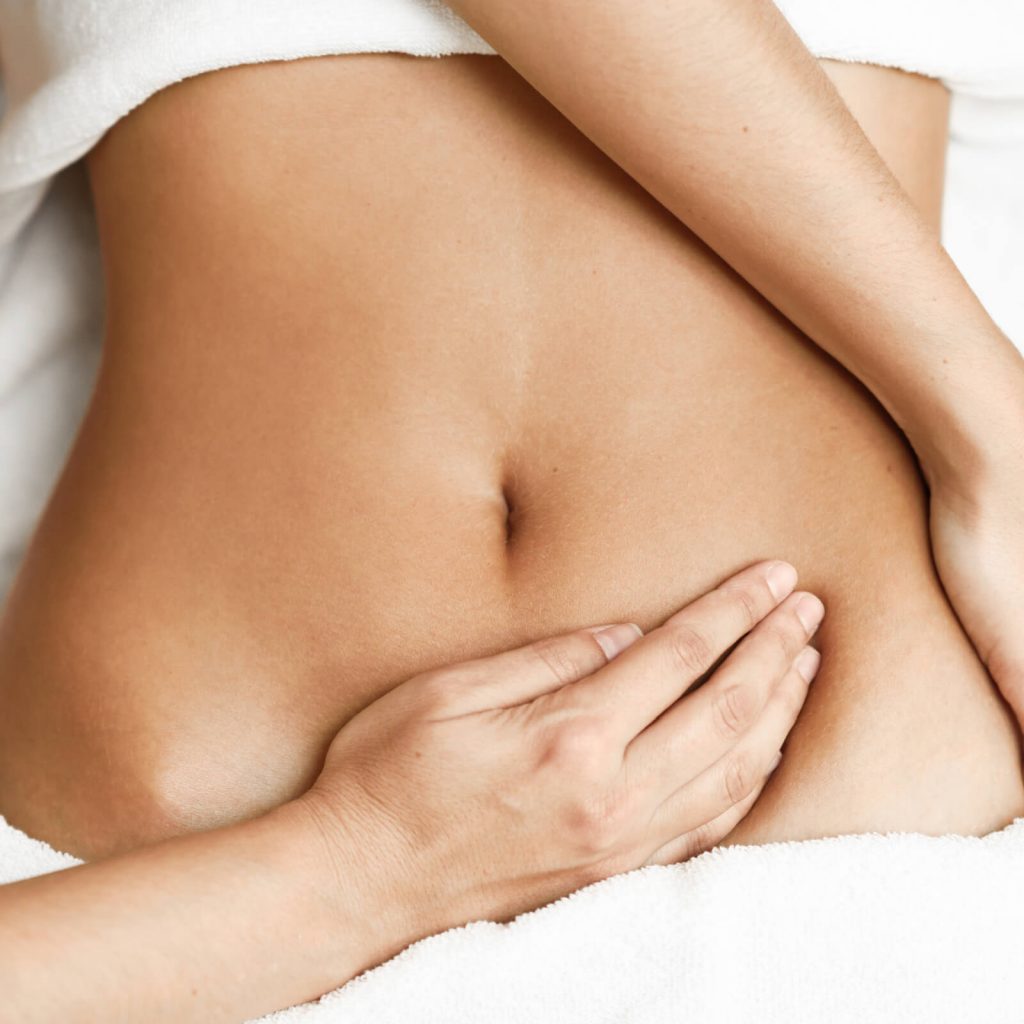
Another thing to consider with both adhesions and pelvic congestion is the fallopian tube movement. I mentioned earlier on in this post that the fallopian tubes are not connected to the ovaries and need to be able to move a little bit. This can be beneficial for fertility as say for example, you are missing your right fallopian tube, if there is no congestion, it is possible for the left fallopian tube to collect the egg from the right ovary as it is a small distance away.
However, if there is pelvic congestion, then there is a risk that fertility could be impaired and potentially, as the sperm travel up and out the fallopian tube, and the egg also gets released into the pelvic cavity with no fallopian tube to collect it, theoretically an ectopic pregnancy could occur.
As with adhesions, posture, appropriate exercise, massage, castor oil packs and womb steams can all help.




